
John Tower, a molecular biologist at USC Dornsife, proposes a new biological rule focusing on “selectively advantageous instability” (SAI), which suggests that some instability in biological systems offers evolutionary advantages. This principle challenges the conventional preference for stability, indicating that instability can contribute to genetic diversity, evolution, and even aging.
University of Southern California Dornsife molecular biologist John Tower suggests that while living things generally prefer stability to conserve energy and resources, instability may also play a crucial role.
A molecular biologist at the USC Dornsife College of Letters, Arts and Sciences may have found a new “rule of biology.”
A rule of biology, sometimes called a biological law, describes a recognized pattern or truism among living organisms. Allen’s rule, for example, states that among warm-blooded animals, those found in colder areas have shorter, thicker limbs (to conserve body heat) than those in hotter regions, which need more body surface area to dissipate heat.
Zoologist Joel Allen formulated this idea in 1877, and though he wasn’t the first or the last to present a rule of biology, his is one of just a handful to gain acceptance among scientists.
Now, John Tower, professor of biological sciences at USC Dornsife, believes he has uncovered another rule of biology. He published his idea on May 16 in the journal Frontiers in Aging.
Life may require instability
Tower’s rule challenges long-held notions that most living organisms prefer stability over instability because stability requires less energy and fewer resources. For instance, hexagons appear frequently in nature — think honeycombs and insect eyes — because they are stable and require the least amount of material to cover a surface.
Tower centers his rule on instability, specifically a concept called “selectively advantageous instability,” or SAI, in which some volatility in biological components, such as proteins and genetic material, provides an advantage to cells.

In this computer simulation of a self-replicating structure, the pink square represents the signal to degrade the connection between the “parent” structure (left) and its “offspring” (right). This degradation is an example of a beneficial instability in biological structures. Credit: Courtesy of John Tower
Tower believes SAI is a fundamental part of biology. “Even the simplest cells contain proteases and nucleases and regularly degrade and replace their proteins and RNAs, indicating that SAI is essential for life,” he explains.
He says SAI also plays a key role in evolution.
As cells go about their business, building and degrading various unstable components, he explains, they will exist in one of two states — one state with an unstable component present and one state in which the unstable component is absent.
Natural selection may act differently on the two cell states. “This can favor the maintenance of both a normal gene and a gene mutation in the same cell population if the normal gene is favorable in one cell state and the gene mutation is favorable in the other cell state,” he says. Allowing this genetic diversity can make cells and organisms more adaptable.
SAI may be at the root of aging — and more
Selectively advantageous instability may also contribute to aging. Creating and then replacing the unstable components within cells comes at the cost of materials and energy. Breaking it down may also require additional energy.
Also, since SAI sets up two potential states for a cell, allowing normal and mutated genes to co-exist, if the mutated gene is harmful, this may contribute to aging, Tower says.
In addition to evolution and aging, SAI has other far-reaching implications.
“Science has been fascinated lately with concepts such as chaos theory, criticality, Turing patterns, and ‘cellular consciousness,’ says Tower. “Research in the field suggests that SAI plays an important role in producing each of these phenomena.”
Because of its apparent ubiquity in biology and its far-reaching implications, SAI may be the newest rule of biology, he says.
Reference: “Selectively advantageous instability in biotic and pre-biotic systems and implications for evolution and aging” by John Tower, 15 April 2024, Frontiers in Aging.
DOI: 10.3389/fragi.2024.1376060
The study was funded by the National Institute on Aging.


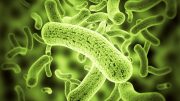

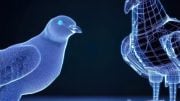
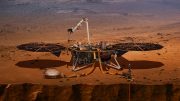
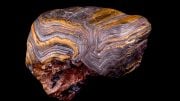
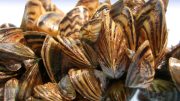

Although biological beings can’t discover the actual secret of their own origin, we can assume the infinity (of emptiness) exists like plasma to contain & manipulate content (mass or energy) secretly in the system of nature. In that case, the infinity (of emptiness) plays a secret role in the origin of biological molecule and its evolution. This is something that biological beings trying to discover themselves (origin).
Fúck you
Now that’s a case of mental instability.
It’s a case of exceptionally primitive moderation word-filters, which should be treating u ü ú ù etc. as all the same letter, and the string “f*ck you” as GREP-obvious.
That doesn’t fit the real world. It’s environmental instability that drives the evolution of new and innovative conditions. The presence or absence of oxygen for example.
This is kind of astonishing, that a news outlet in 2024 accepts blindly that a re-naming of something old and obvious is considered a New Rule of Biology.